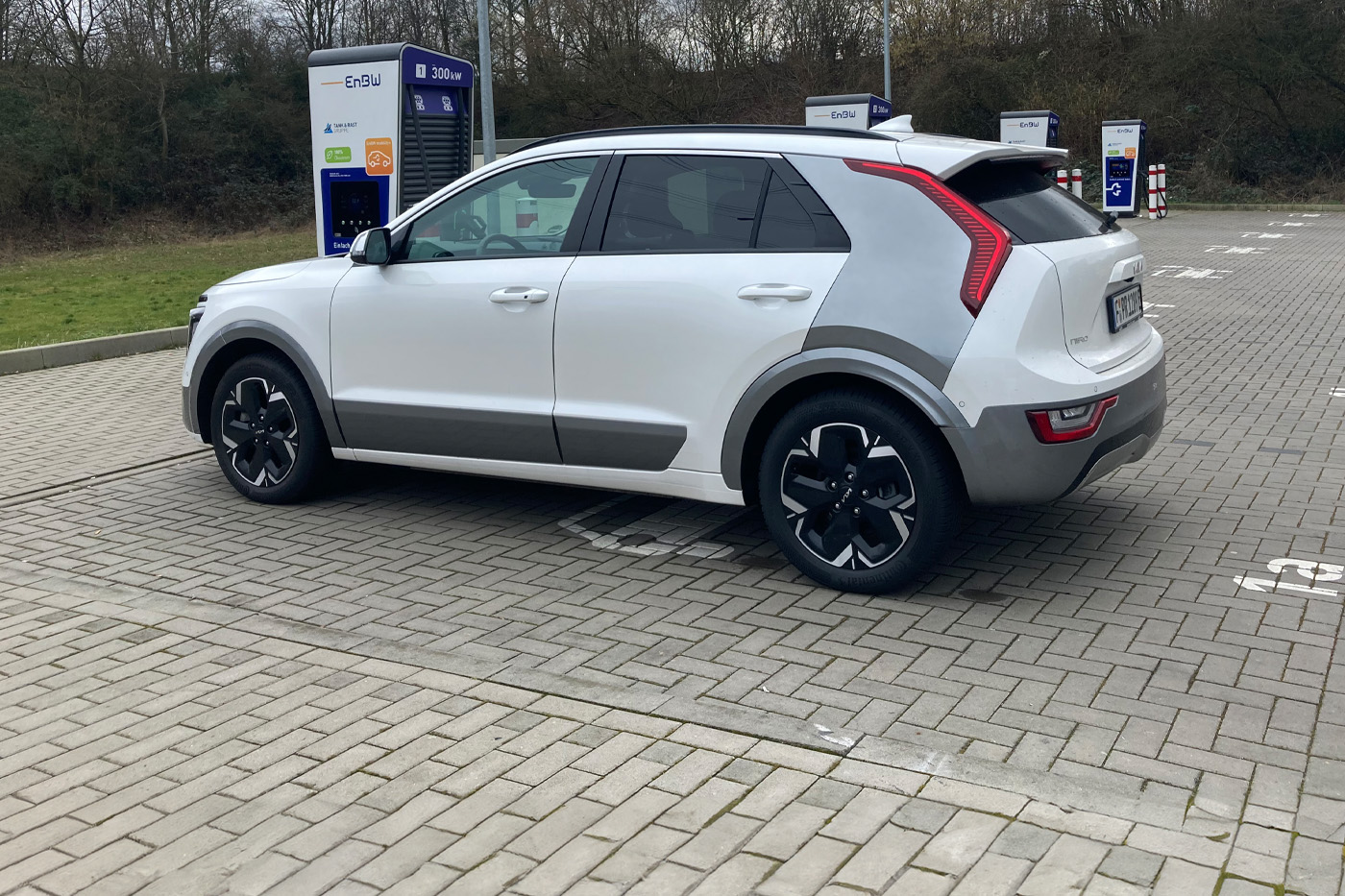
Kia Niro EV: Where the 2nd generation can and can’t catch up
Since the end of 2018, the e-Niro has been the compact electric car in Kia’s range that could definitely convince with space and efficiency despite its mixed platform. A small drawback was perhaps the hard plastic-dominated interior and the dust-attracting high-gloss surfaces since that isn’t everyone’s cup of tea.
We already described the key data of the second generation in detail from its presentation last year. So here’s the short version: the body is seven centimetres longer and now measures 4.42 metres. The permanent magnet synchronous machine mounted on the front axle continues to produce 150 kW. Now, the maximum torque is capped at 255 Nm, which used to be 390 Nm. This decision by the developers has no effect on the driving performance; just like its predecessor, the Niro EV accelerates from a standstill to 100 km/h in 7.8 seconds. Also new is that after the change of battery cell supplier from SK On to CATL, the battery now comes to 64.8 instead of 64 kWh. The WLTP range increases only minimally from 455 to 460 kilometres.
The changes in the new Niro EV also go deeper beyond the surface, because, on the one hand, the body and interior are completely new (more on that in a moment), and on the other hand, the electric drive has been improved in detail. Admittedly, the 255 instead of 390 Nm of torque seems like a step backwards on paper, and some will miss the powerful drive, which is now a little more subdued. But it must be said that this generation of the Niro EV has a more comfortable and refined acceleration, and the front tyres are supposed to last much longer.
Another new feature is that just like its larger counterparts EV6 and the Hyundai Ioniq 5, the Niro EV now has battery preconditioning. DC charging power has never been one of the electric Niro’s strengths, but the preconditioning should at least help mitigate this under as many conditions as possible. The system brings the battery into the optimal temperature window before a fast charge process so that the cells are in their comfort zone and the battery management can release the best possible charging power for the respective state of charge – or so the theory goes.
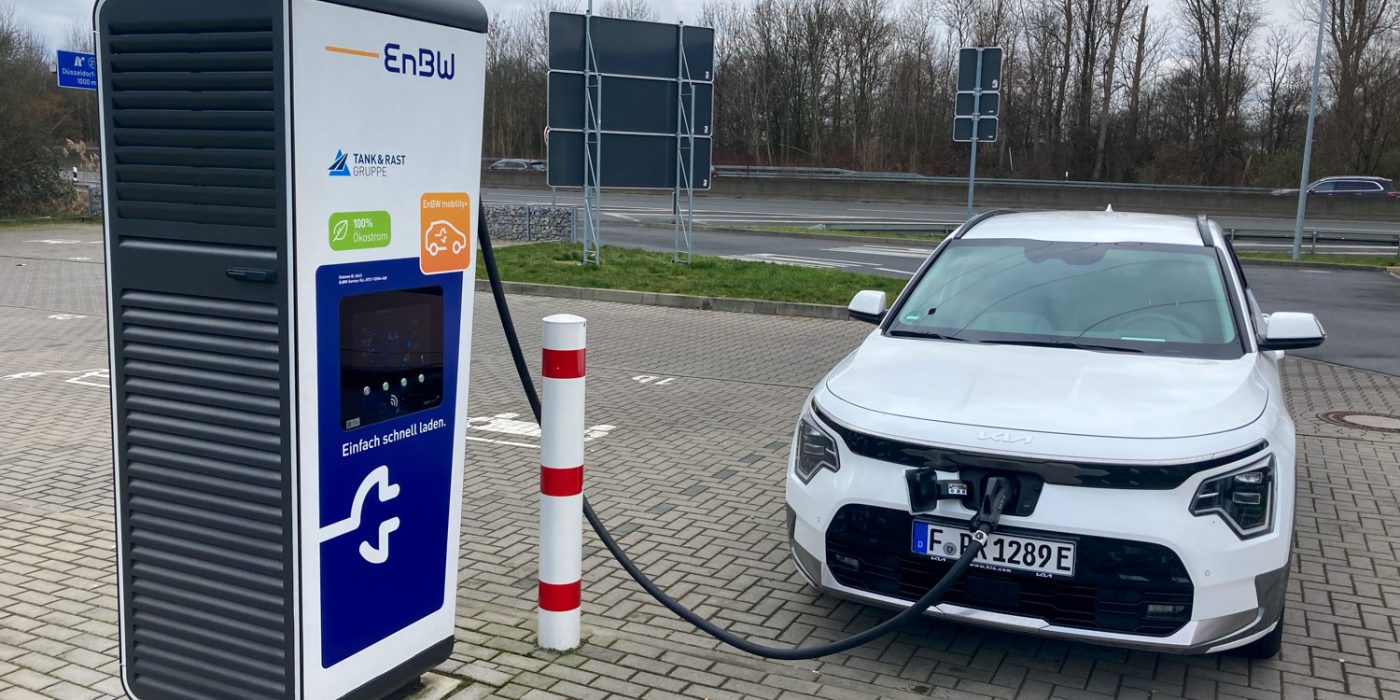
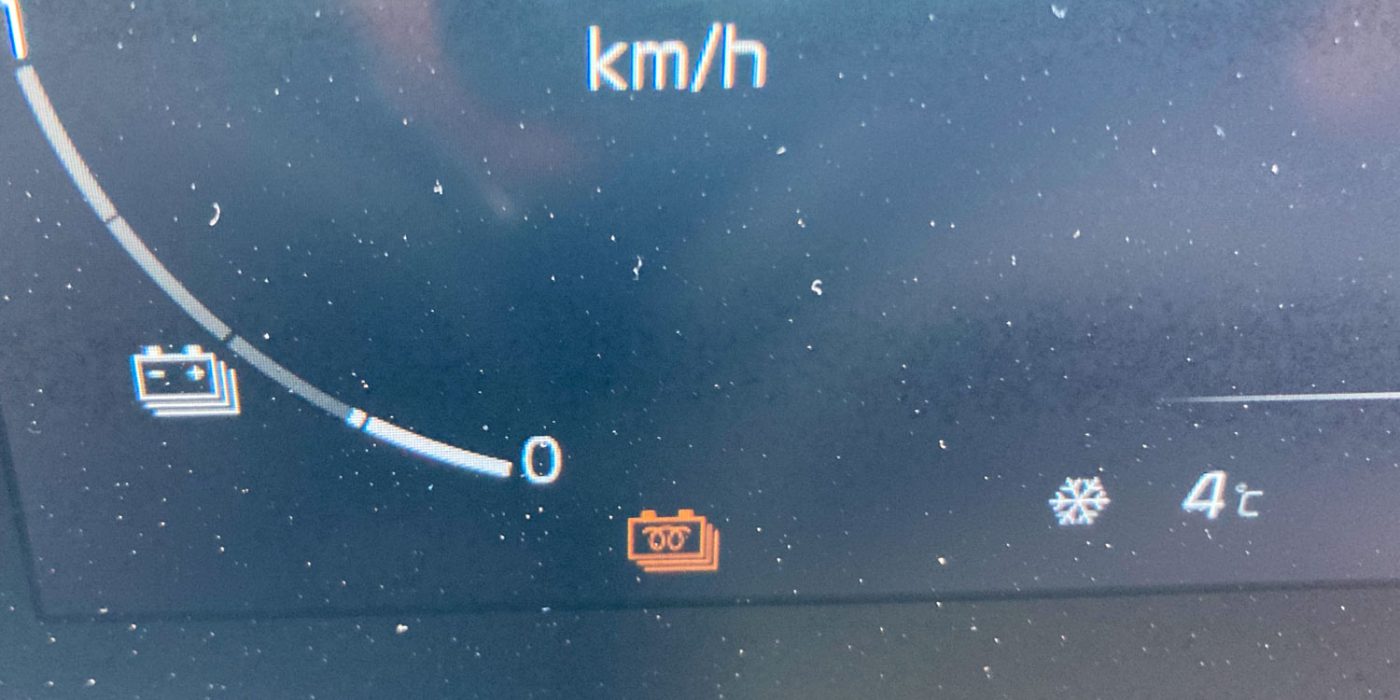
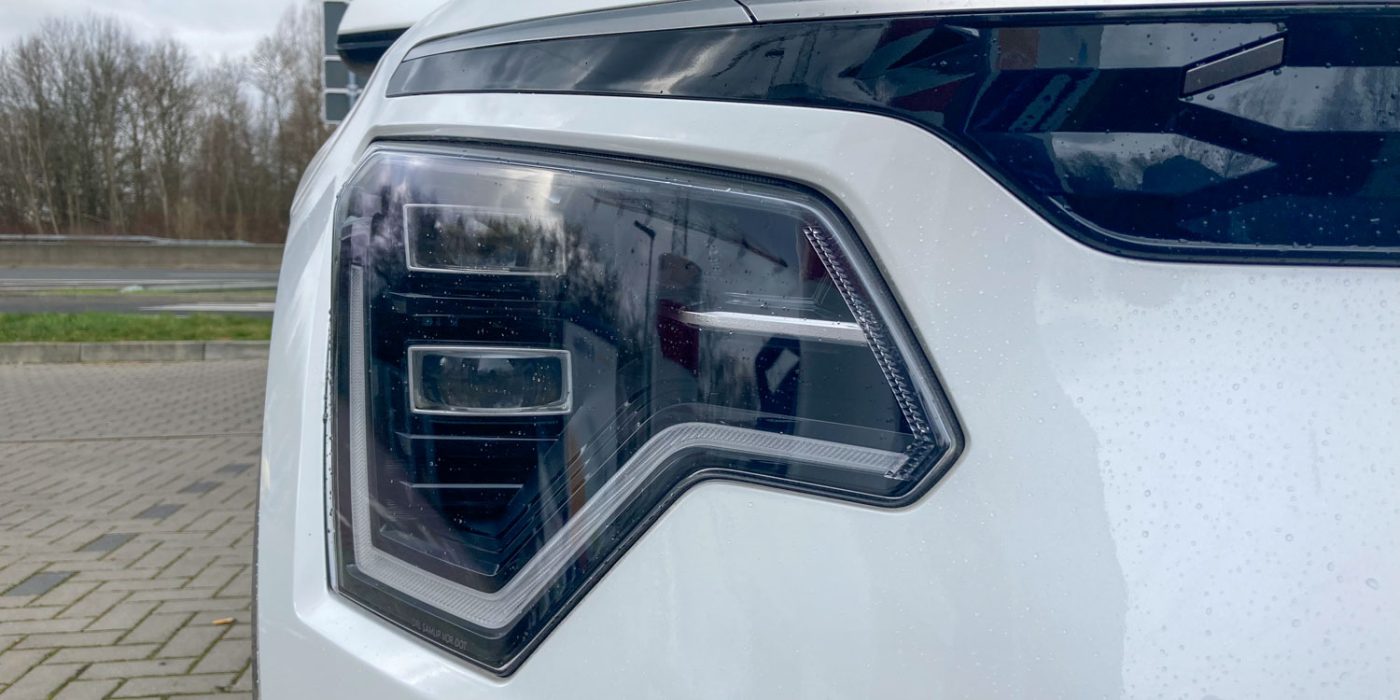
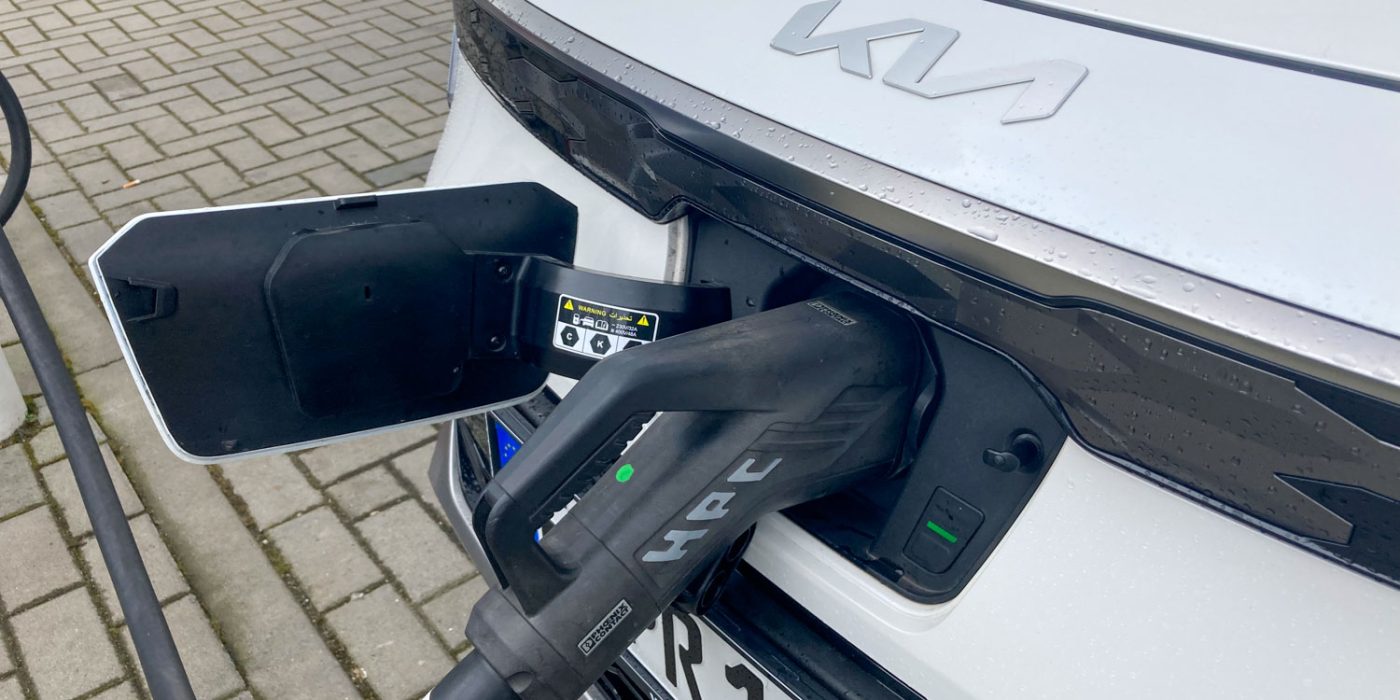
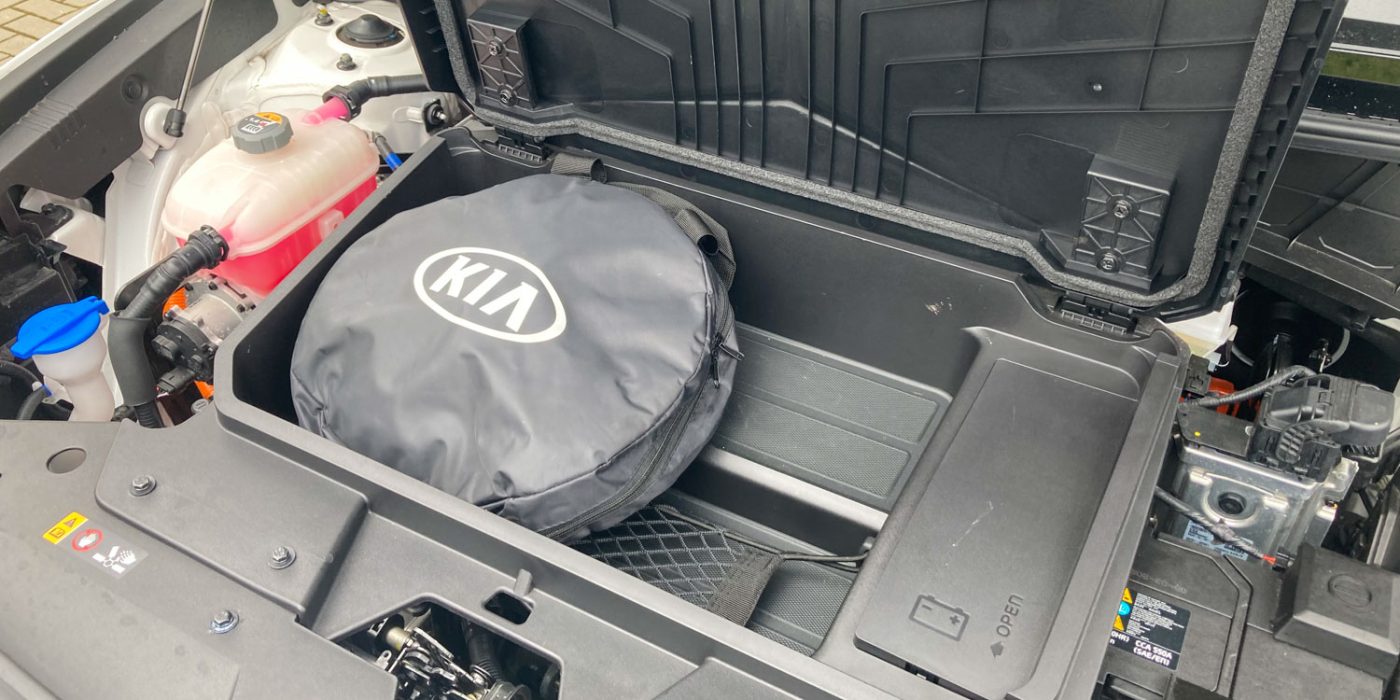
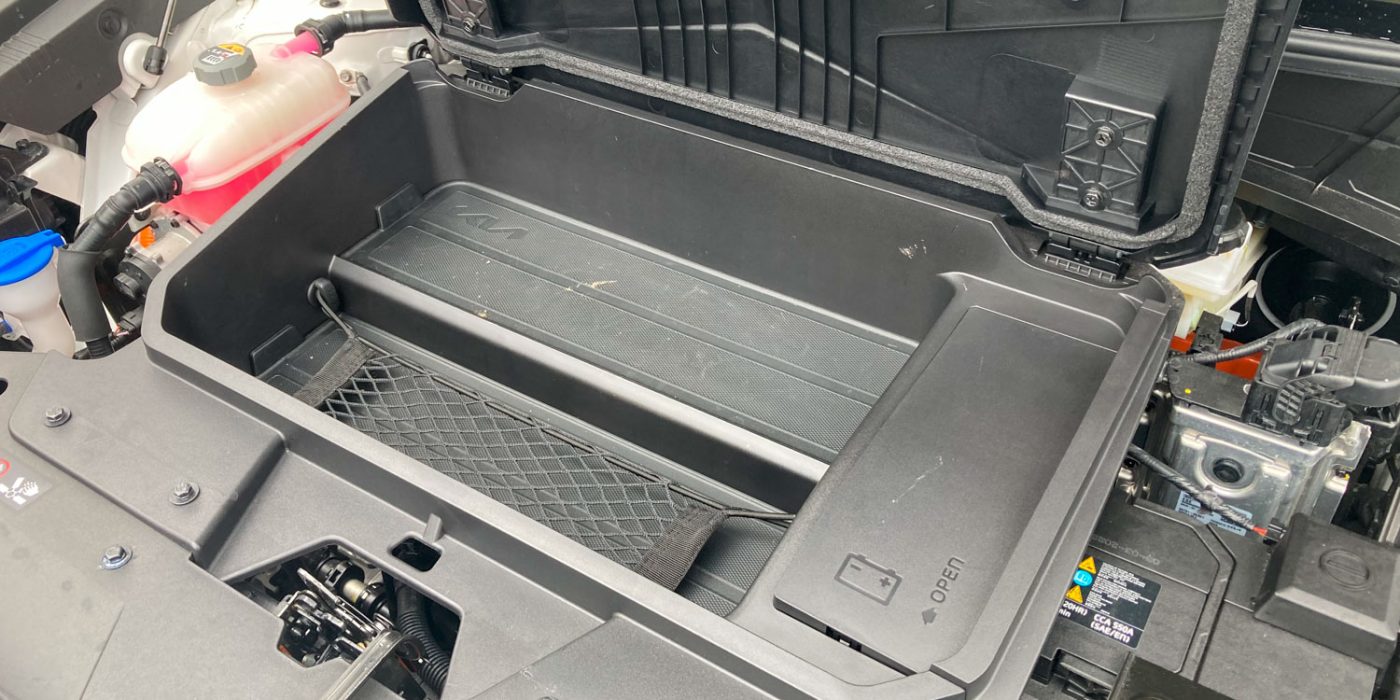
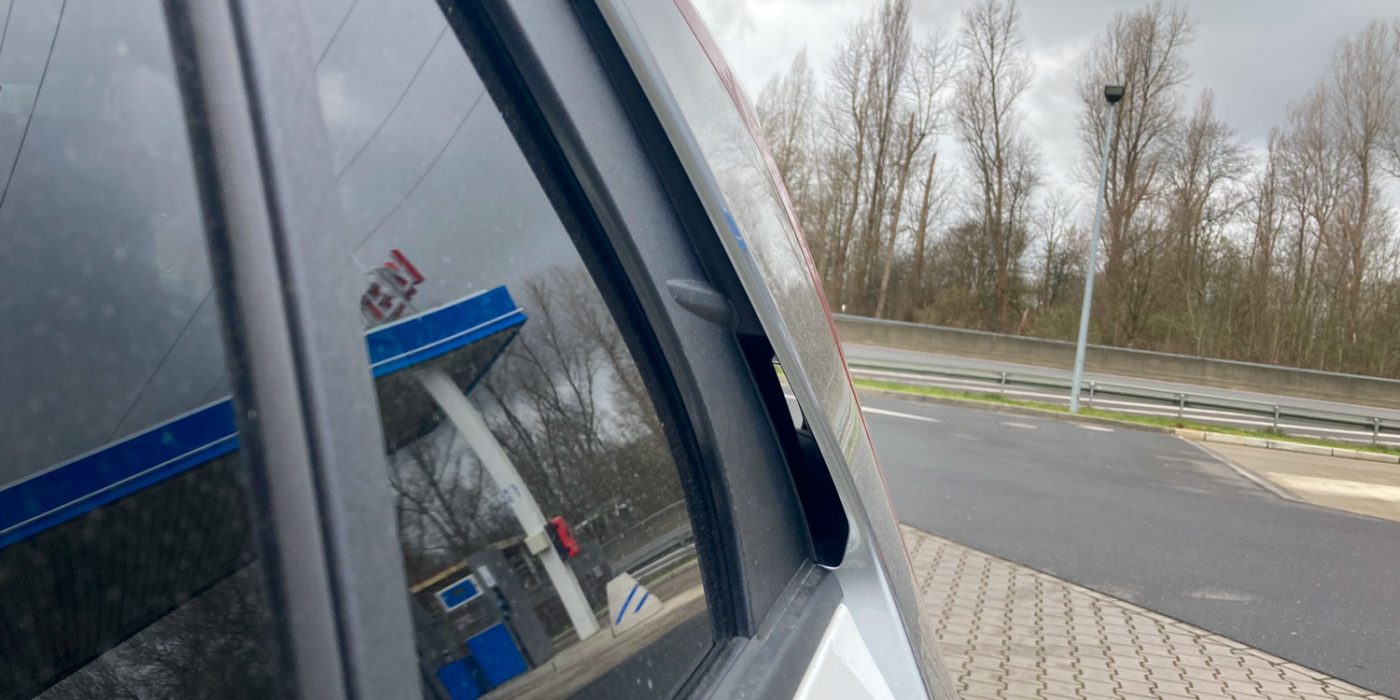
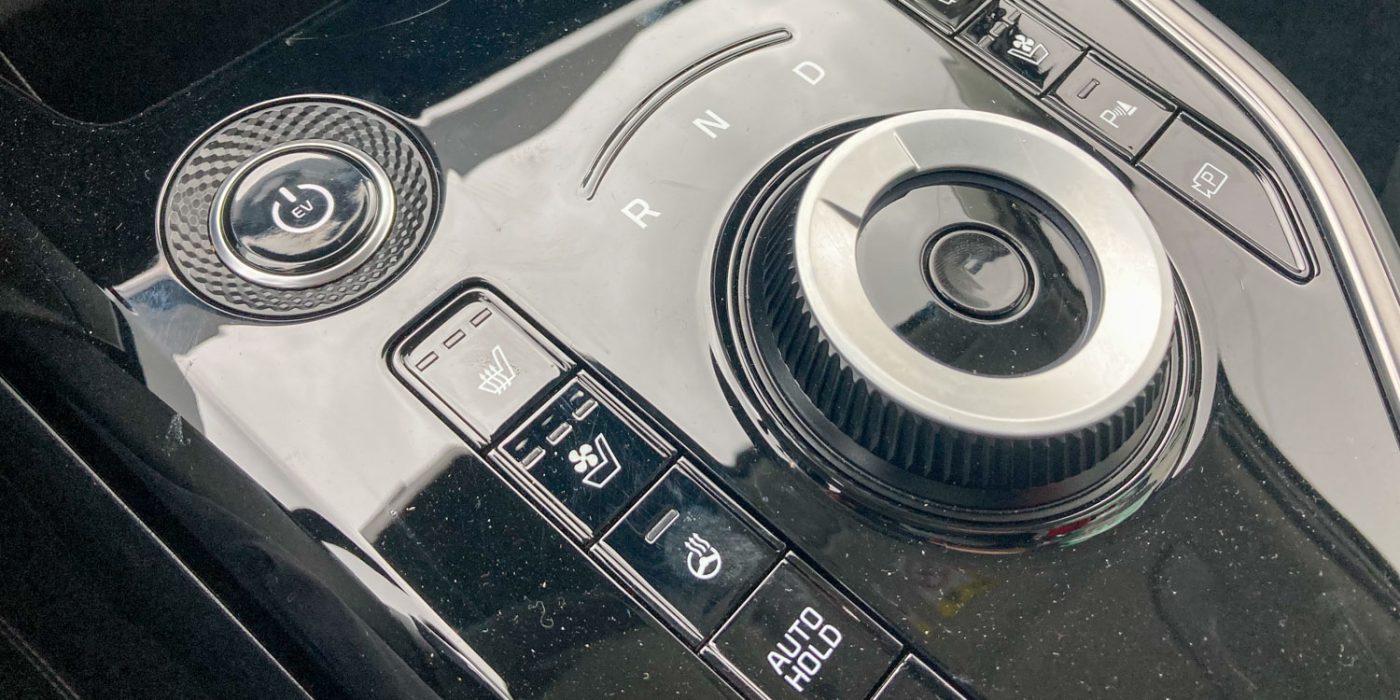
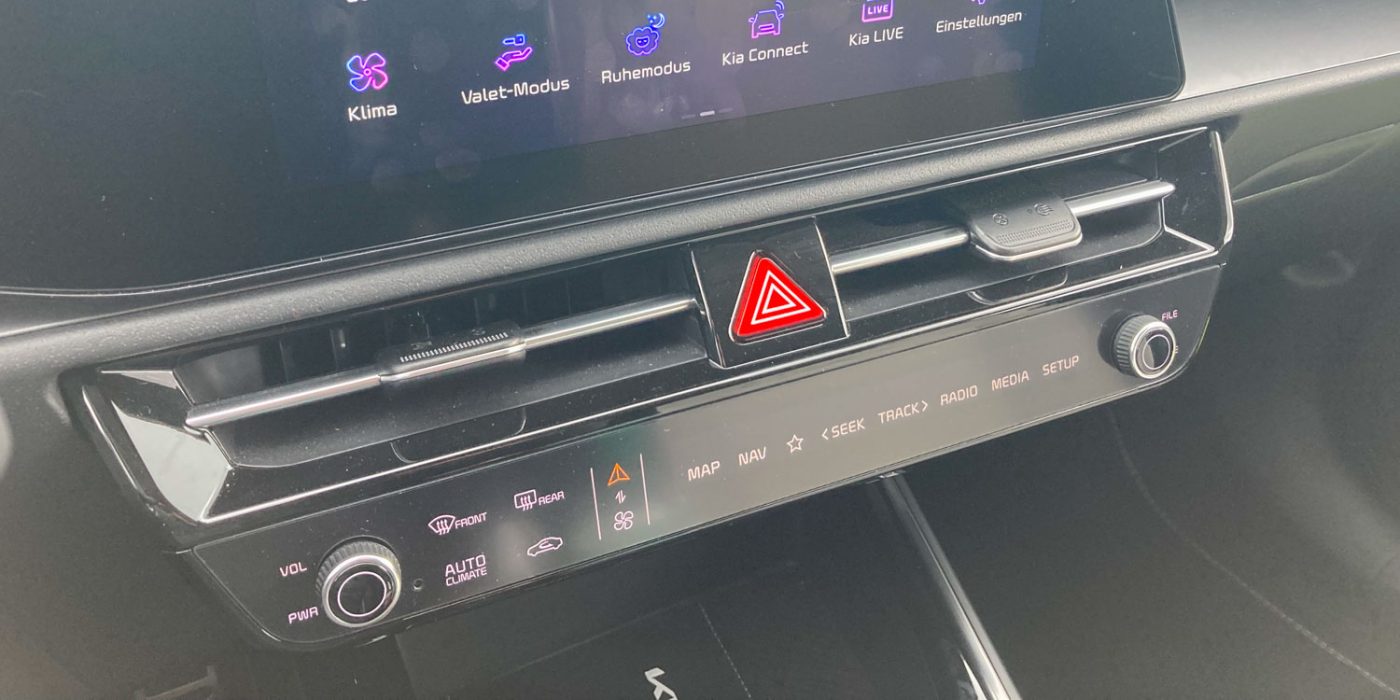
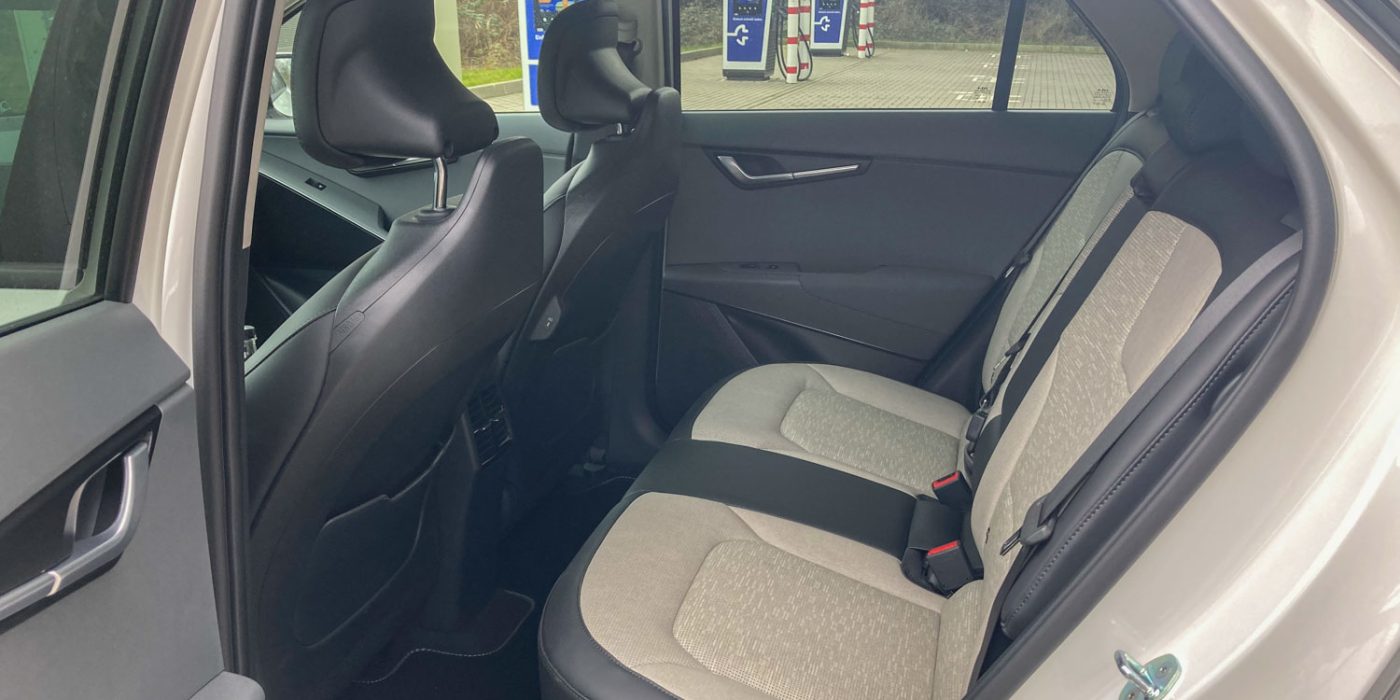

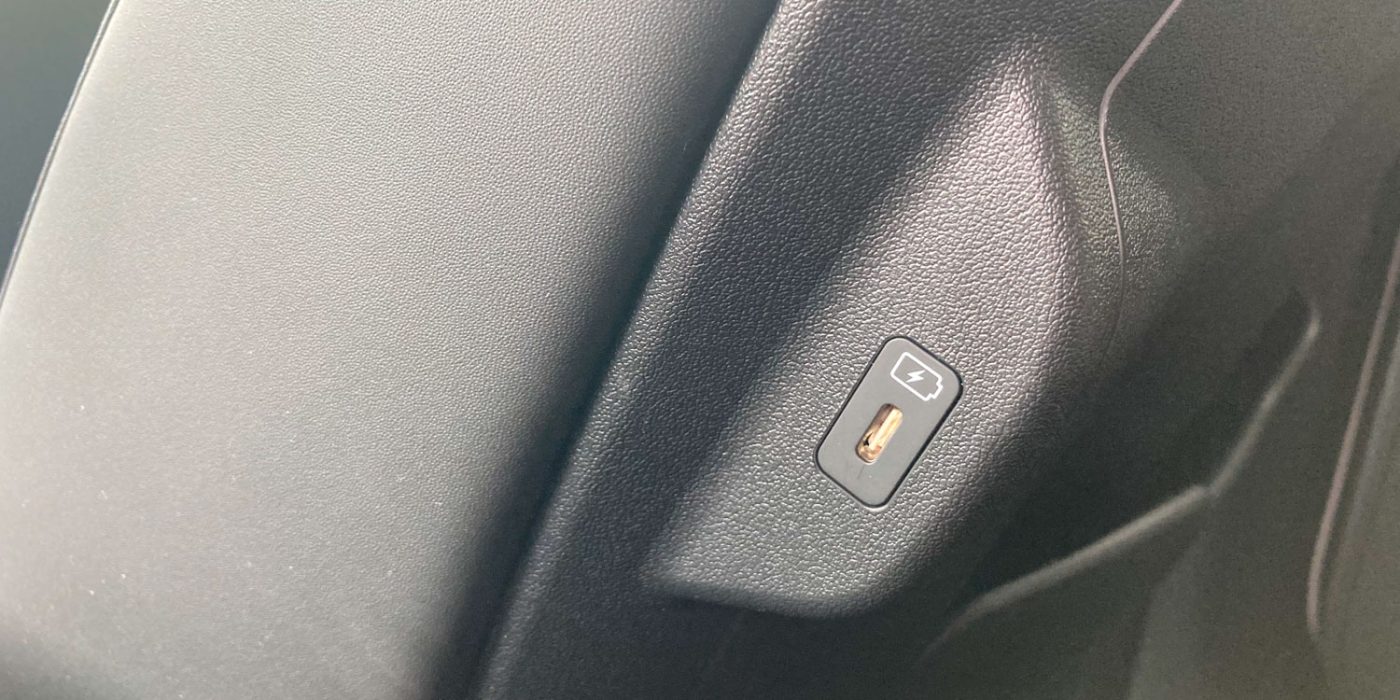
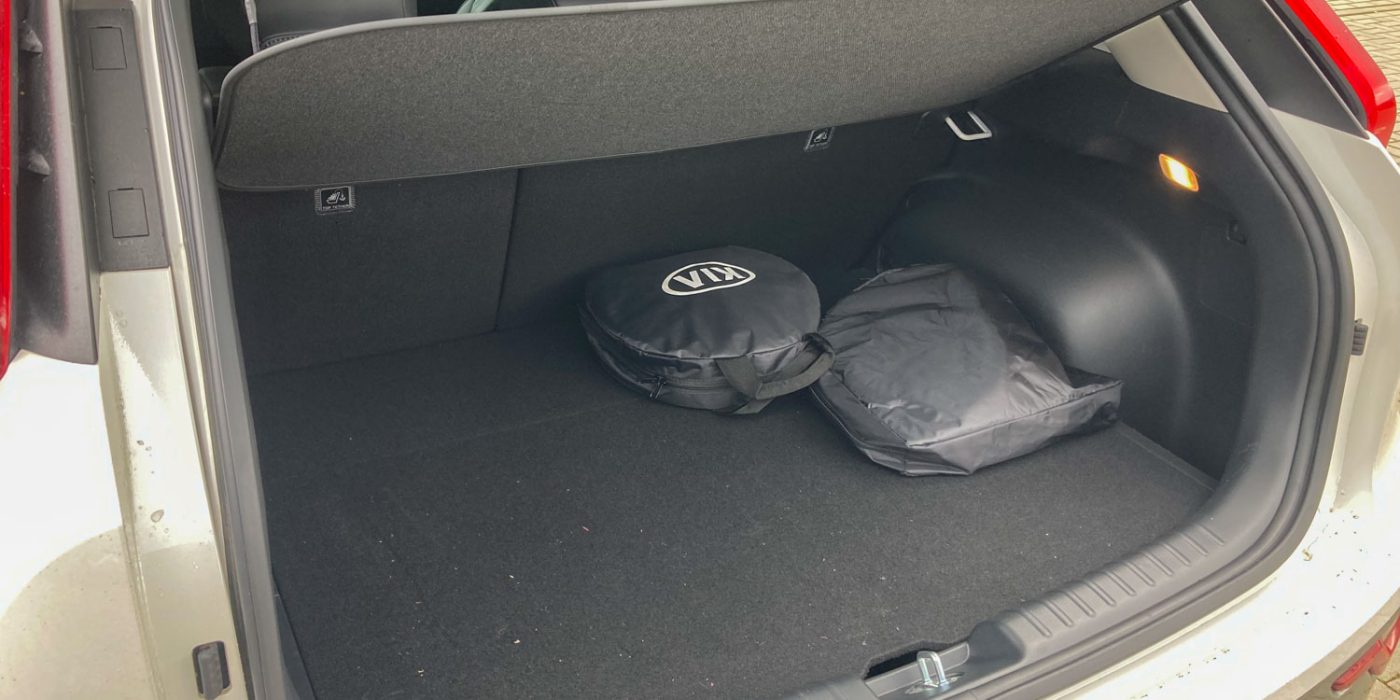
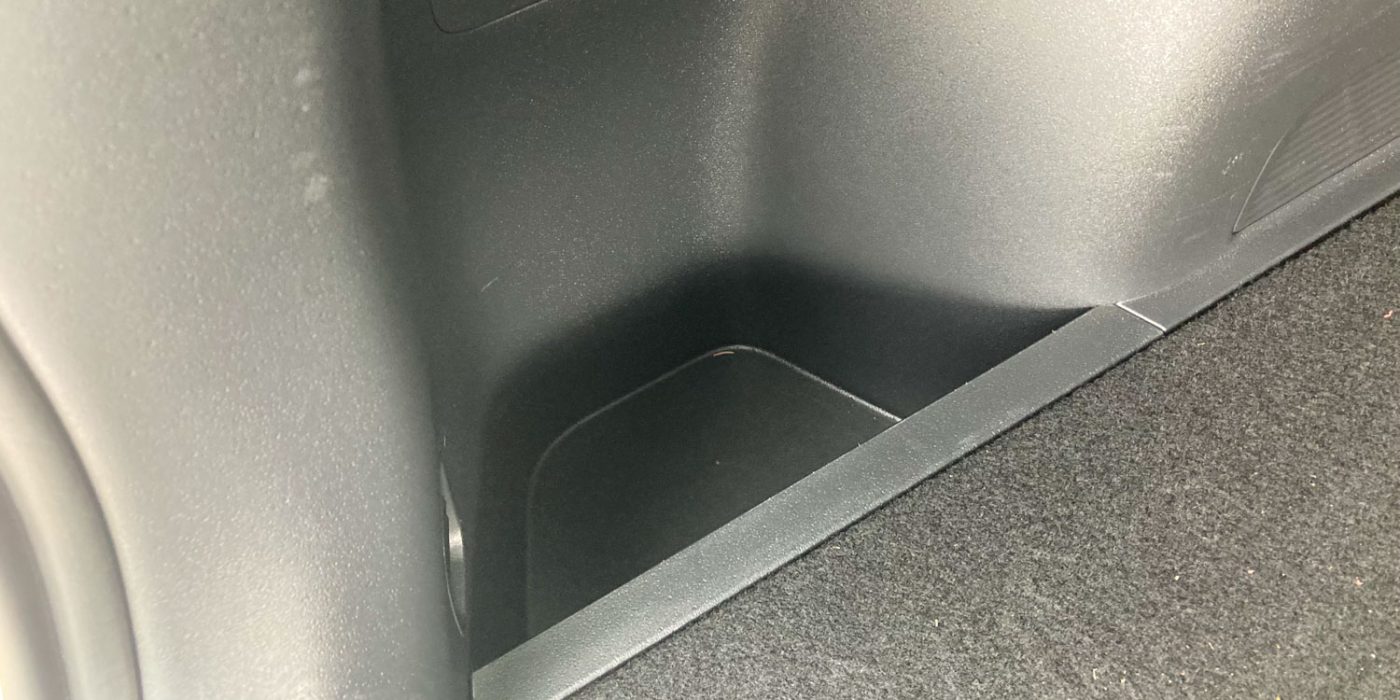
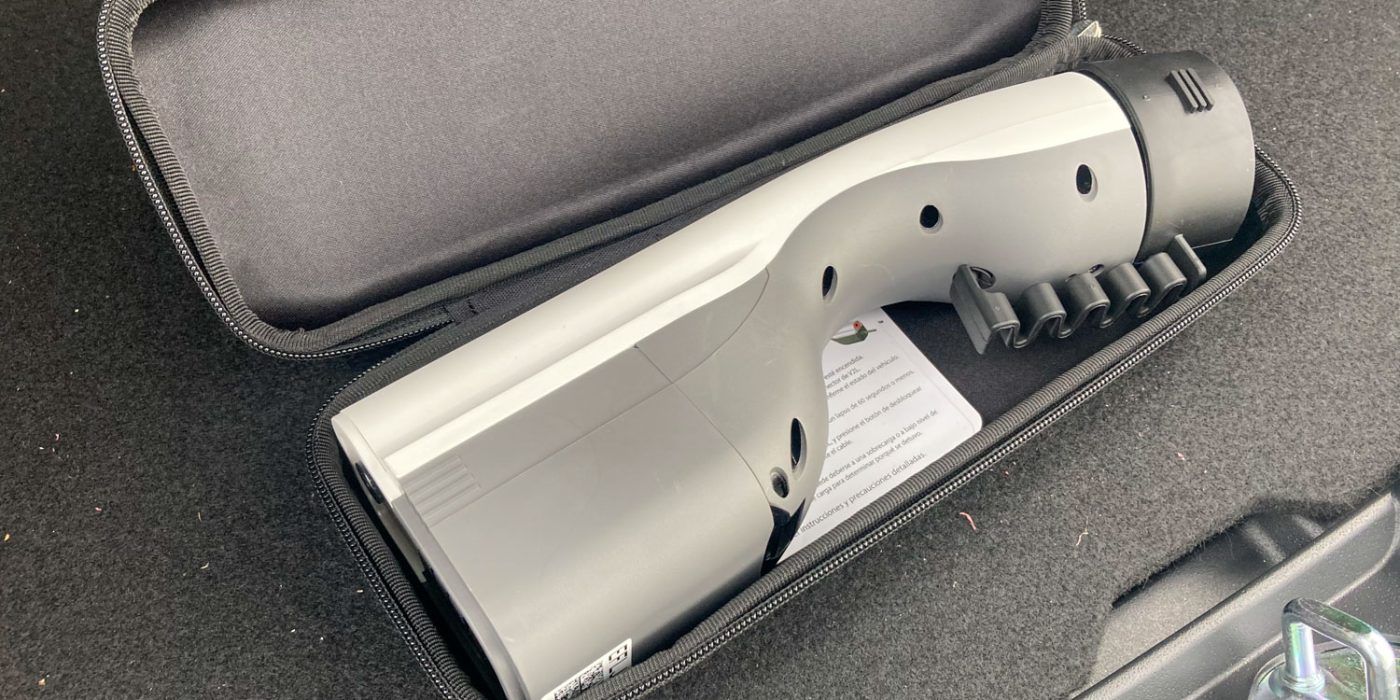
In practice, the system at Hyundai-Kia comes with a challenge, which we already described in detail recently in the test of the current Hyundai Ioniq 5: With the Korean company, battery preconditioning is tied to the car’s own navigation system, so the car only pre-conditions the battery if a fast charging station stored in the system is entered as an (intermediate) destination in the route guidance. Anyone who likes to be guided to their destination by other apps such as Apple CarPlay or Android Auto, or who wants to charge at a new charging station not yet registered in the system will have to do without the new function. In addition, the way in which such a charging stop has to be added to the route more or less manually is not intuitive and, above all, requires a certain amount of prior knowledge about the charging stations in the vicinity or along the route. Because the charging stops are not automatically scheduled as with other manufacturers or special EV route planner apps.
Half an hour of battery preheating is not enough
With a little practice from the Ioniq 5 we had driven only a short time before and knowledge of the known HPC facilities in the area, we headed for a location with six 300 kW hyperchargers. In the run-up, the battery preconditioning was active for precisely 30 minutes, recognisable by a small coil symbol on the cockpit display.
Admittedly, it wasn’t a long haul that we started on with a full battery and for which we had planned the first charging stop after 2.5 hours. Instead, we set off with about 30 per cent charge in order to drive that half hour to the desired charging station. As it turned out, the system would probably have needed a little longer to warm up the battery sufficiently at an outside temperature of four degrees. As the following graph shows, we missed the optimal charging curve with the light blue line, especially when the charge level was low, presumably because the battery was still too cold.
After a short peak at 15 per cent State of Charge (SoC) with 73 kW, the charging power at the Hypercharger settled at first at 53 and later at 63 kW – in a range in which the charging power should actually still be around 75 kW. From about 43 per cent SoC, however, our charging curve at four degrees corresponded quite closely to what is possible with the battery.
In other words, we lost a few minutes in the charging time, but as mentioned, this was probably due to our only half-hour journey to the charging stop. In the end, the test charge from 14 to 81 per cent took an impressive 50 minutes. According to the charging station, 45 kWh flowed through, which makes a rate of 53.5 kW charging power on average. The factory specification of ten to 80 per cent is 41 minutes, which is also possible at higher outside temperatures without the complicated preconditioning via the navigation system.
But just how long would the charging process have taken at four degrees without preconditioning, or what the charging curve would have looked like at -10 degrees, for example, cannot be deduced from our test. We, unfortunately, didn’t have the kind of conditions that would have made these tests possible.
The distance to the EV6 is too great
Over 1,170 kilometres, the onboard computer showed a consumption of 19.4 kWh/100km, when the car was mostly driven on the motorway and at single-digit temperatures. The consumption and the resulting range of 334 kilometres are okay. On individual motorway stages, consumption rose to as much as 23.5 kWh/100km (corresponding to a range of 275 kilometres). In contrast, on short urban journeys, a calculated range of about 450 kilometres was possible with 14.3 kWh/100km – and that was in the temperature range mentioned above! At 12.7 kWh/100km, almost 500 kilometres would be possible.
The fact that Kia splits its electric car portfolio when it comes to charging time and deliberately leaves some room for the 800-volt EV6 model is quite understandable – with prices starting at 46,990 euros, the basic EV6 with the 58-kWh battery and 18 minutes of (theoretical) charging time is even slightly cheaper than the Niro EV (with prices currently starting at 47,590 euros). However, the gap has turned out to be a little too large because 41 minutes, in the best case, is simply no longer competitive in 2023. 100 kW at peak and around 30 minutes charging time would probably be more appropriate. The Niro EV is well-equipped, but it is also quite expensive – a price breaker would probably be more forgiving when it comes to charging power. However, the Niro EV’s charging curve does not suit every driving profile, which limits the potential target group. Even if the range is sufficient for 95 per cent of journeys (especially in combination with a dedicated wall box charger), prospective buyers will think twice before choosing the Niro EV, even for occasional long-distance journeys in view of the growing range of models on offer.
That is a shame because the car itself is well-made! With the generation change, the Korean automaker has improved many points. The ambience in the interior, for example, can hardly be compared to its predecessor. The new generation is thoroughly styled, and many things are reminiscent (albeit in a slightly smaller form) of the EV6 instead of the old e-Niro. The two 10.25-inch displays and the touch bar under the infotainment display are familiar from its big brother. This is the usual Hyundai-Kia system with its known strengths and weaknesses.
The centre console also resembles the design of the EV6 with its glossy black paint and the rotary control for selecting the driving gear, but you have to like the large high-gloss surfaces; they literally attract dust and fingerprints. One small difference is that functions such as the seat and steering wheel heating are controlled in the Niro EV via conventional buttons instead of flush-mounted touch fields. This is cheaper but no worse in terms of functionality. On the contrary, they are much easier to operate blindfolded.
The touch bar is neither fish nor fowl
This is also the cue for a big portion of personal criticism: the usability of the touch bar. I have already spent some time with the EV6, the Niro PHEV and now the Niro EV in Kia models with this new feature. In all that time in the driver and passenger seat, I haven’t really warmed up to the solution of combining the infotainment and climate control shortcuts into one unit. For one thing, you can’t operate it blindly because you can’t feel anything on the smooth touch surface, and it’s also very easy to hit the button next to it if you do try to do this blindly. And you always have to check first whether the bar is currently set to infotainment or climate control. I don’t see this dogmatically; I have nothing against well-designed touch controls, but this solution is neither fish nor fowl. That particularly holds true when you have switched back to classic buttons for the steering wheel and seat heating. By the way, the touch bar is no longer available in the large EV9 electric SUV. It’s unclear whether Kia decided against it in principle or whether the five-metre SUV with correspondingly more space in the interior simply had the space for a button solution.
Plus points are scored with the large storage compartments in the centre console, the well-thought-out design of the seats with the eye-catching headrest holders (which also serve as coat hangers) and the integrated USB-C sockets, which allow rear-seat passengers to charge their devices. Relaxation seats like those in the EV6 are only available on the passenger side of the Niro, and Kia said these did not fit on the driver’s side by a few centimetres.
A decent amount of space at a length of 4.42 metres
The construction of the front seat backrests is also significantly thinner, which should increase legroom in the second row in particular. An adult person of 1.85 metres can sit comfortably behind a driver of the same height, but you might want to deactivate the easy-entry function so that the driver’s seat doesn’t move all the way back as soon as the car is in Park mode. Then it could be a bit cramped in the rear. Because of the battery placed in the underbody, the rear seat is mounted 3.8 centimetres higher than in the hybrid or plug-in hybrid. During the first drive in July, we only noticed this in direct comparison; there is no uncomfortable knee angle or noticeably restricted headroom for the rear-seat passengers.
Kia states that the Niro EV has a boot capacity of 475 litres. However, this storage space is only available if the boot floor is lowered to the lower position, which can be done with a flick of the wrist. The double floor can be used, for example, to stow the charging cables or the optional vehicle-to-device adapter (with a maximum output of 3.0 kW). In addition, there are small storage compartments behind the wheel arch, but their depth is by no means comparable with those.
Basic equipment still not in sight
The fact that we criticise the somewhat awkward access to the frunk or detailed solutions like the touch bar in this driving report is also due to the fact that the Niro is a successful car in its own right. Even with the driving assistance systems with motorway assist, automatic lane changes and the head-up display, the car offers a lot.
On the other hand, it has to be said that the Niro EV is obliged to provide this kind of quality with the aforementioned starting price of 47,590 euros, which is anything but cheap. Kia still doesn’t offer the basic equipment for 39,990 euros announced about a year ago; the Niro EV is currently only available in Germany in the top equipment level called “Inspiration”. Even then, however, some of the functions described here still cost extra. The heat pump costs 1,000 euros, the P2 package (including V2D adapter, blind spot assistant, front collision warning and motorway assistant) is 1,590 euros, and the P3 package (including head-up display and remote parking assistant) will set you back 1,290 euros. The P4 package (electrically adjustable front seats with memory function, heated front and rear seats, seat cooling in the front and the relax seat for the front passenger) costs 1,190 euros, the Harman Kardon sound system (officially called the P5 sound package) 590 euros and the P7 design package with the C-pillar in steel grey metallic another 290 euros. Together with one of the optional paint finishes (650 euros) and glass roof (officially called the P6 package for 690 euros), this adds up to 54,880 euros. This puts the Niro EV in a price range where much larger, more powerful and longer-range vehicles are already available – including those with significantly shorter charging times.
Conclusion
In the end, the Niro EV comes down to three questions: Can I charge at home or at work? Do charging stops of 45 minutes or more bother me? And does the budget fit? If you can answer these questions positively, you can be happy with the Niro EV. A basic model, which would be available with a heat pump and heated seats for as little as 42,000 euros before local subsidies, would significantly expand the target group, at least with regard to the third question. Because for just under 55,000 euros with equipment, there are very many models that come with fewer restrictions on fast charging.

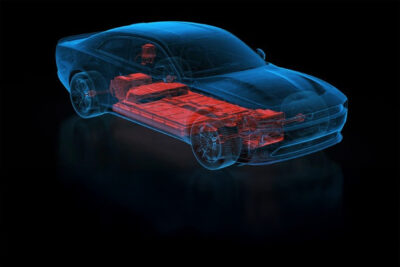
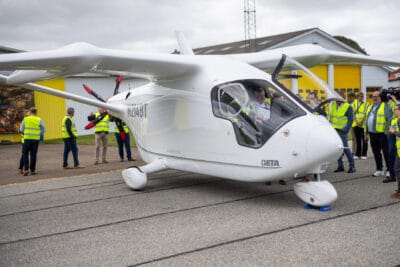
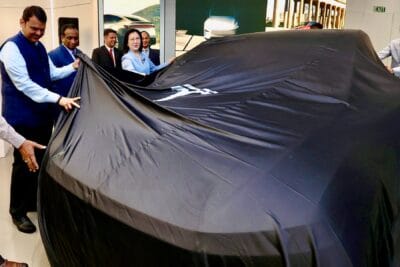
0 Comments